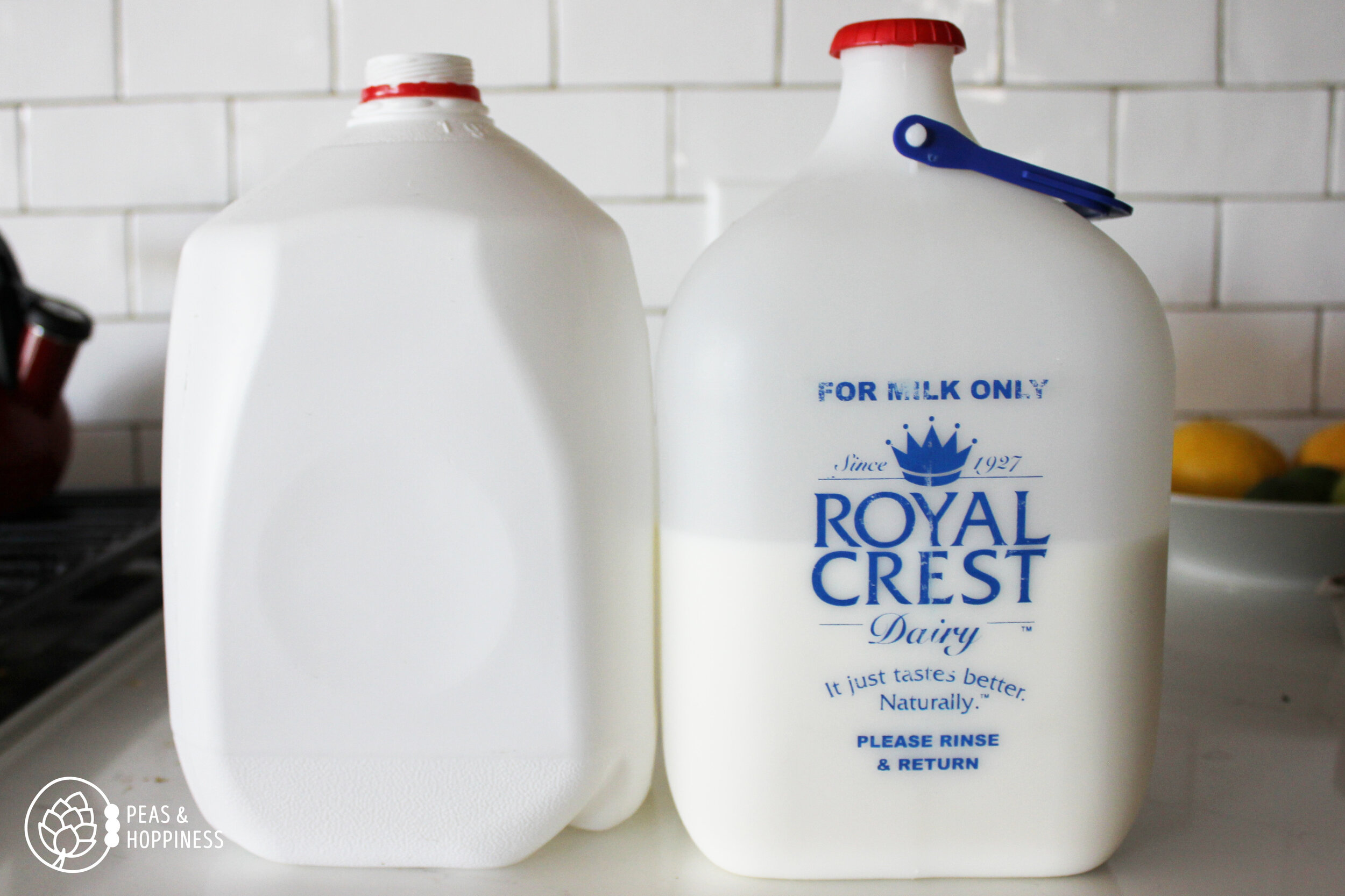
From producers to supply chains to restaurant workers to how often Americans cook and eat at home, the COVID-19 global pandemic has caused big changes in the food supply.
A few weeks ago I opened the milk crate on our front porch which holds the weekly delivery from a local dairy. I was surprised to find a single-use milk jug in place of the usual reusable container.
Attached was a note, assuring me the milk was the same, but because of increased demand Royal Crest Dairy had run out of reusable milk jugs.
As a farm-girl-turned-dietitian I’ve been watching food trends during this global pandemic with increased interest. From both a consumer and a producer perspective, COVID-19 has shed new light on the delicate balance of America’s food supply and posed the question: how will this global pandemic change America’s food supply?
Changes on the Home Front
Around the time of the first stay-at-home orders a friend invited me to a Facebook group: a collective of local farmers had banded together to sell their wares online in the absence of in-person markets. When I first joined the group there were a few hundred people in the Fort Collins area and the admins were begging group members to invite friends to join.
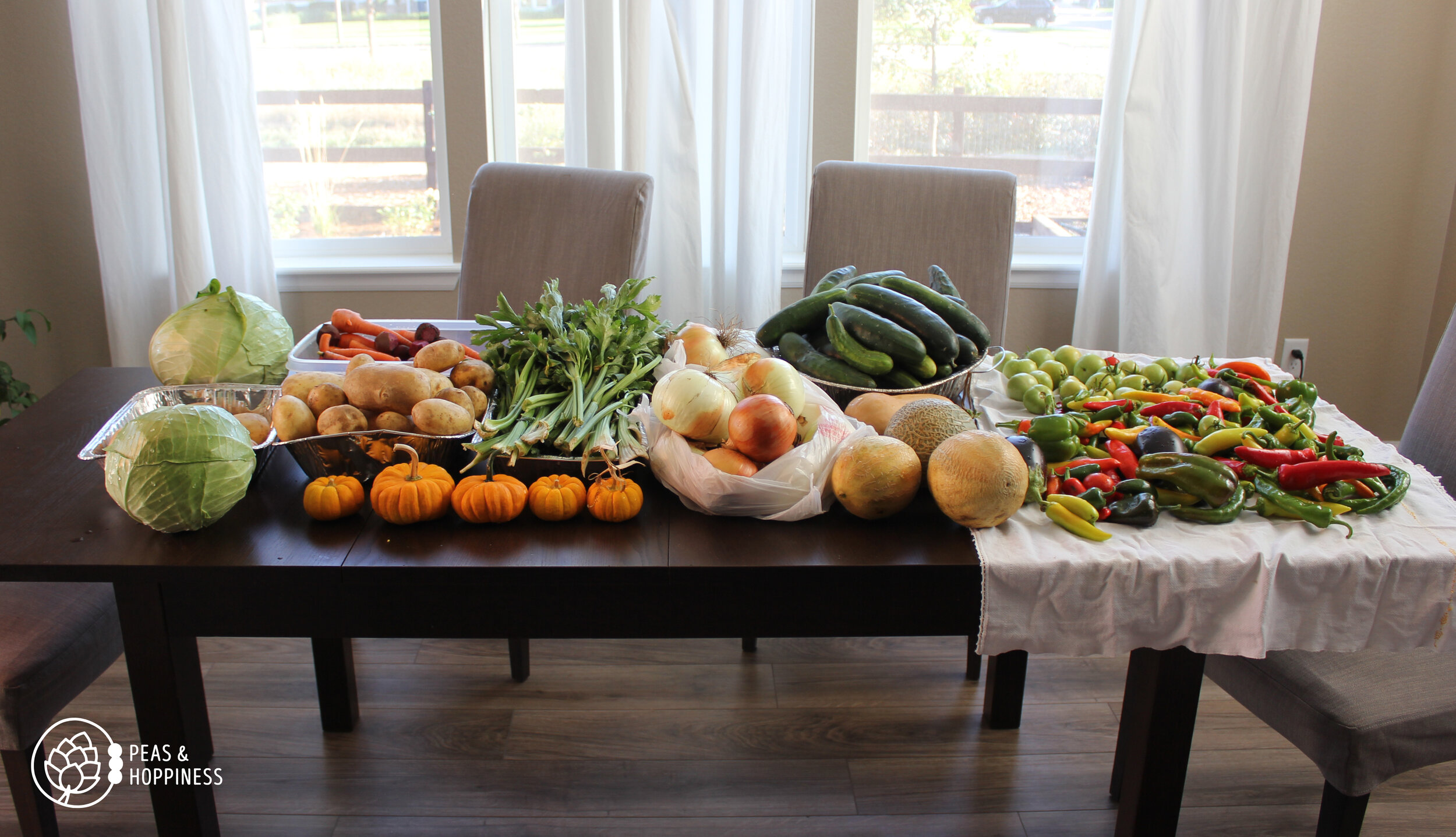
Some of the bounty from last year’s Fall Festival at Miller Farms
A few short weeks later this same group opened ordering on a Monday morning at 9:00 AM and closed ordering at 10:30 AM because they already had surpassed the number of orders they could handle in a given week.
I could feel it: things were shifting in our food supply.
While grocery store shelves stood empty of canned goods, eggs, milk, and all kinds of meat, local farmers whose produce was just coming into season – as well as local dairies and chicken owners – began to come to the table in a more mainstream way than I’ve ever seen before.
If you can’t find what you need at the grocery store, maybe it’s time to go directly to the farmer.
Changes on the Farm
Despite the fear caused by empty grocery store shelves, chickens haven’t stopped laying eggs. Cows haven’t stopped producing milk. And my dad (Lee of Scheufler Farms) is busy in Kansas planting corn and soybeans, while sending me updates about the progress of the wheat crop ready to harvest in a few weeks.
So where is all the food going if the grocery stores are empty?
If you’ve watched the news, you’ve seen (part of) the devastating answer: excess milk being dumped, fields of produce plowed under. The markets for these large-scale operations which usually sell wholesale to restaurants, schools, and cafeterias have seen their markets change drastically.
Water, water, everywhere, and not a drop to drink.
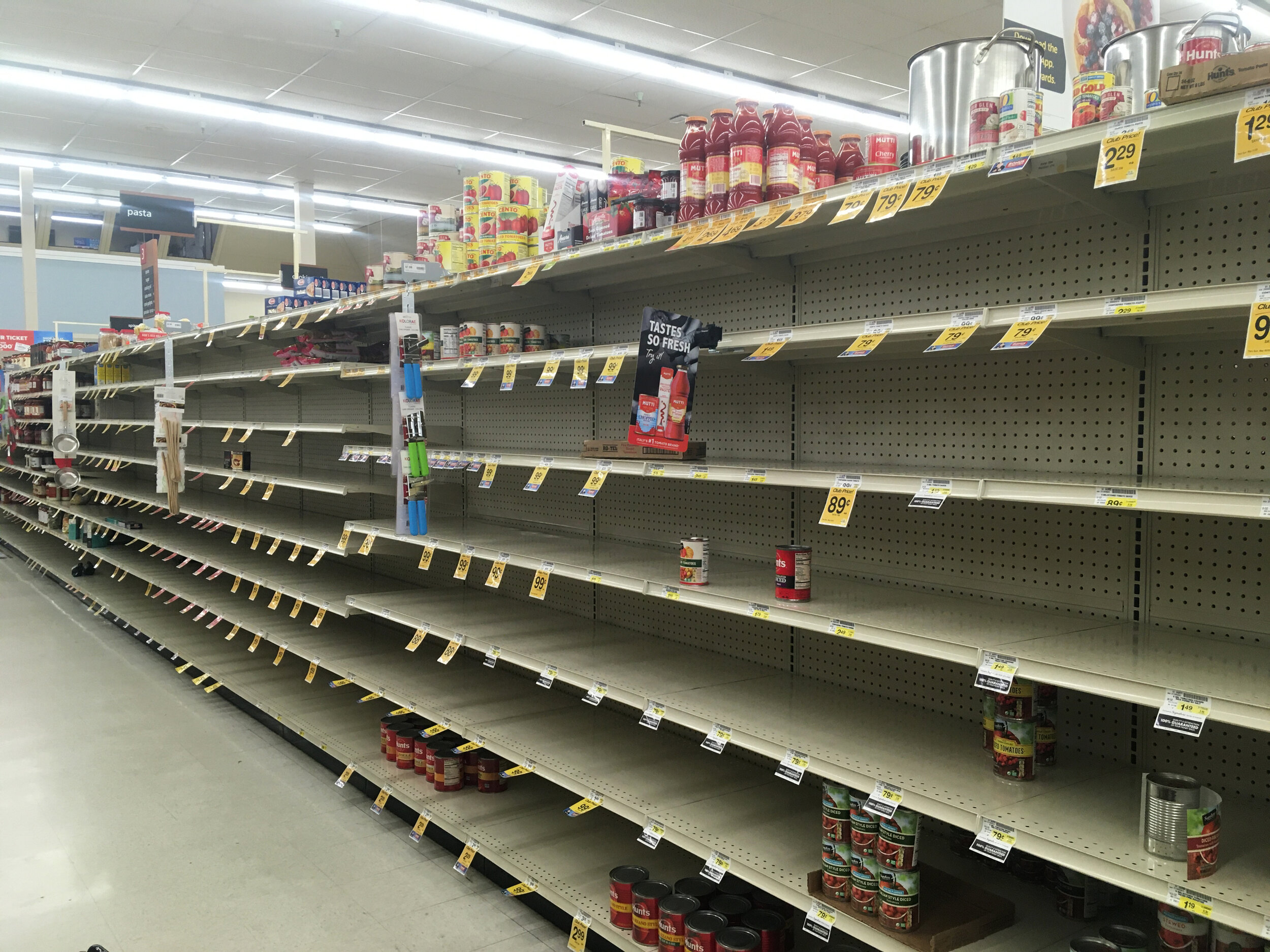
Photo cred: Jessica Lucey of Sun Breath Yoga
America’s Food Chain has been Turned Upside-Down
About a month into quarantine-ville, a friend of mine asked me an important question: should he thaw his frozen chicken before he tries to cook it?
Good lord, YES!
And then it dawned on me: how many people were now (attempting to) cook and eat at home, who just a month ago lived on take-out, happy hour, and dinner with friends.
In March 2020, in a matter of days, shockingly huge changes rocked America’s food supply and demand swung wildly:
-
Buyers of bulk food (think: 25 lb bags of flour and 10 gallon bags of milk) closed their doors: restaurants, coffee shops, schools, college and hospital cafeterias
-
Buyers of small-package food (think: 5 lb bags of flour and 1 gallon jugs of milk) raced to the grocery store: individual consumers who are now cooking at home instead of eating out
Producers would have loved to respond to this change in demand, but they’re simply not set up to. Packaging is much, much different for bulk vs. individual products, requiring different equipment, handling, and shipping processes. Purchasing chains snapped as usual buyers of wholesale products – restaurants, cafeterias, and schools – no longer needed their usual orders.
While consumers have noticed prices increase in the grocery store, farmers and ranchers have watched prices tumble because of these changes in demand, creating fear about their ability to farm another year.
Julie Howard summed up the problem in a Time article, “The issue is more about food supply disruption rather than food shortages.”
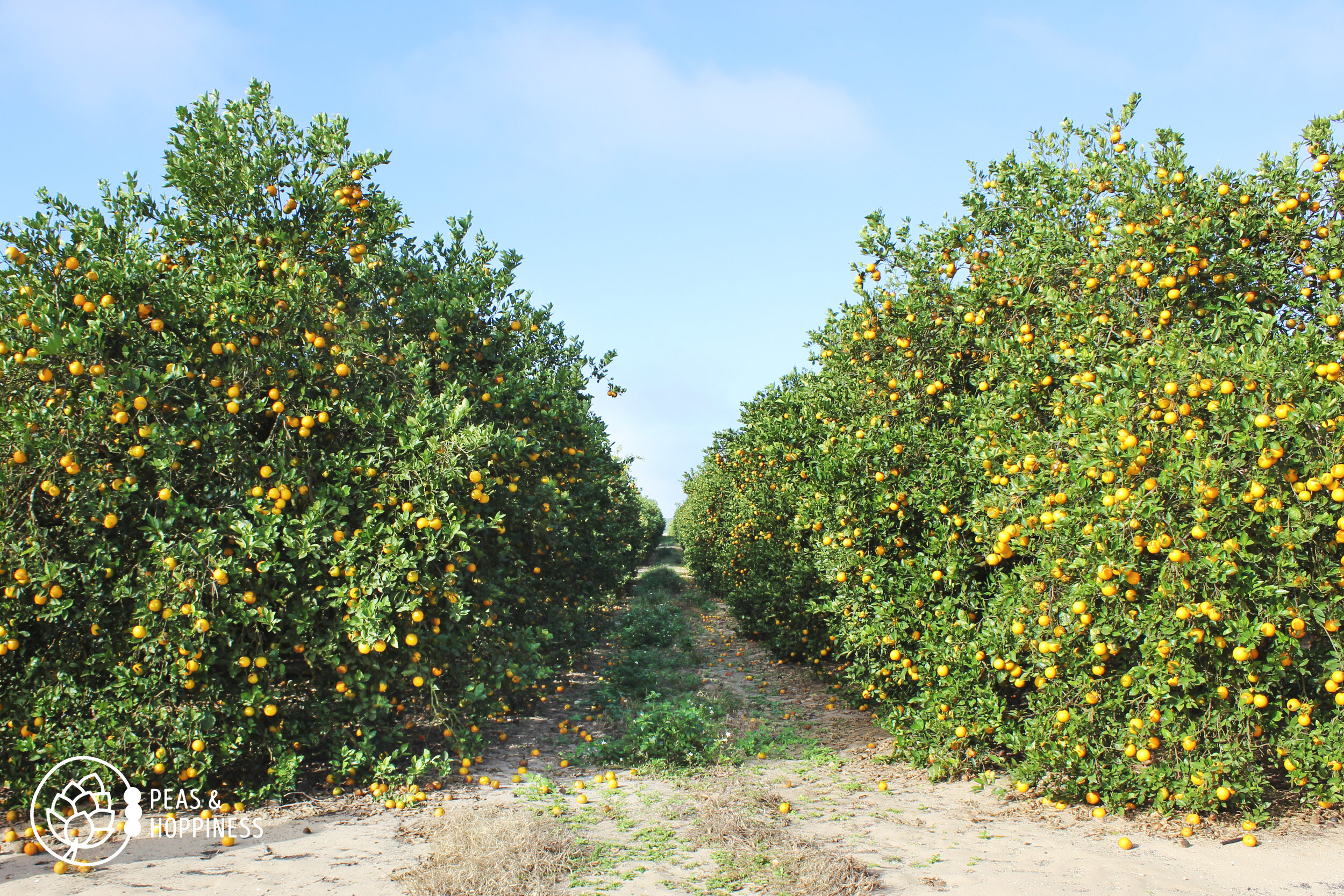
Oranges in Vic Story’s Orange Grove
The Future of our Food Supply
The recent changes in our food supply chain from both supply and demand perspective are more volatile than have ever been experienced in modern history – save, perhaps, rationing for wartime – creating more questions than answers.
Will consumers think more about where their food comes from?
When faced with the reality of empty grocery store shelves, will consumers realize food doesn’t come from the grocery store?
And if they realize this, will they seek out the farmer who grows their lettuce and gathers the eggs to buy these items directly from the source? Will they decide to purchase beef directly from the rancher who raised the steer?
Is the answer to this question different for my family, living 30 miles away from our favorite local farm, compared to my cousins-in-law who live in the middle of New York City, where people outnumber plants?
Will this change large-scale agriculture?
Perhaps small, local farms who are can quickly change their processes and sell to nearby communities will gain a foothold in the market, especially if at least some consumers continue to buy directly from local farmers after this crisis ends.
But on a larger scale, will there be changes in the supply? Will Vic Story be able to pivot and sell his oranges directly to consumers when his business is really set up to sell his crop wholesale? Marketing to consumers is challenging. Figuring out delivery options and processes is time- and labor-intensive. Is it even possible for large farmers to sell directly to consumers, with all the headaches and hassles and worries?
A glimpse of wheat harvest on a working commodity farm. Visit www.splitterfarms.com for more information.
Farming is also cyclical on an annual (or longer) basis. My dad planted wheat last fall, long before COVID-19 existed. He purchased corn seed and contracted his crop with the local ethanol plant long before the price of oil fell through the floor.
Will COVID-19 be but another blip in the volatility that is farming, with government subsidies catching commodity farmers and giving them another successful year, despite the drop in demand (link)?
How many years in a row can the current system handle before someone speaks up for the local vegetable farmer who sees none (or close to none) of these subsidy dollars?
What happens to the price of food?
Farming is hard work.
Asking farmers to market, deliver, and research consumer demands on top of actually farming means many more hands and many more hours. It’s labor-intensive.
Anytime labor demands go up, so do costs.
Larger, leaner farms are simply more efficient, which is partly the reason America has grown to rely on large farms. Just like Amazon and Walmart have replaced locally-owned corner stores, the efficiencies of large farms have many benefits, including lower prices for consumers.
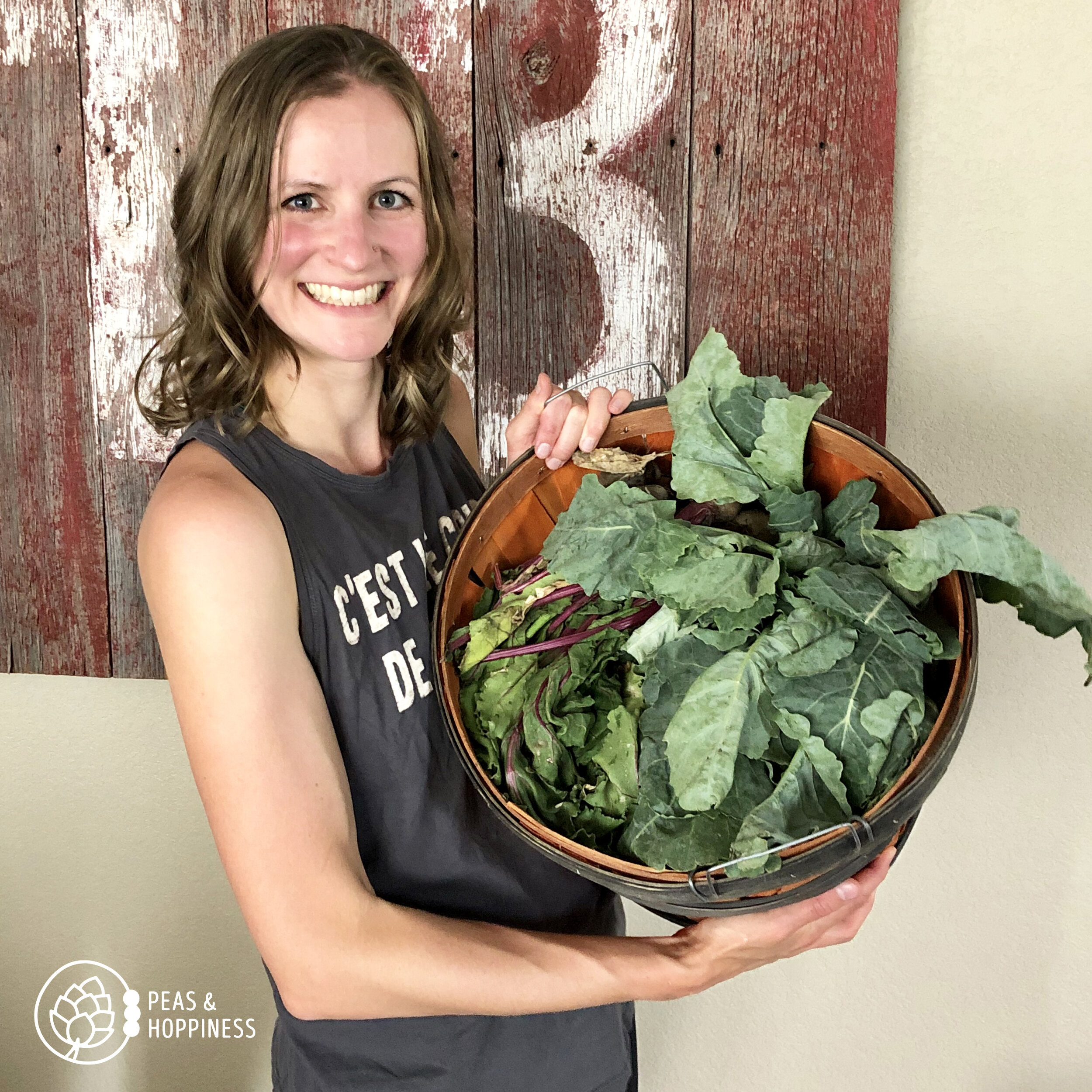
Another summer, another start to our annual CSA: Community Supported Agriculture
Lasting Changes for Our Family
I can’t answer these questions for America, but I can tell you how our family has responded: we signed up for another season of our favorite CSA from Miller Farms. We’re gladly paying twice as much for milk from our local dairy, not only because it’s convenient, but also because it’s the best milk I’ve ever had.
I feel incredibly privileged to make these choices. Unfortunately, most people in America can’t afford the higher cost of local produce and so – as poverty always does – the answers to these questions will likely be divided by income.
Fresh produce and local farmers simply can’t compete with the artificially low prices of commodity crops, propped up by government subsidies. High labor costs of growing produce will also always make it more expensive to buy zucchini than corn chips.

Parents, Grandparents, T-Shirt Models, Researchers, Community Members… Lee & Margaret Scheufler wear a lot of hats – and “Farmer” will always be one of them
Will this Global Pandemic Change how your Family Buys Food?
I hope if you have a choice, you will think about where – and from whom – you purchase your food this summer and in the years to come.
I’m extremely grateful to personally know many local and large-scale farmers. I want Joe Miller and his family to continue farming and to earn a living wage. I want my parents and their proteges to grow the basic food we need to support our bodies.
I also hope our country uses this wild disruption in the food supply to reflect on what crops and types of farms we want to invest in as a society.
Farmers are so, so many things: growers, moms & dads, environmentalists, entrepreneurs. But first and foremost, farmers are business-people. If they weren’t, they wouldn’t be in business.
So remember: we’re voting with our dollars when we decide from where to buy our food and what type of food to buy.
The true, greater question is – how will this global pandemic change your food supply?
Happy food purchasing,
Ann from Peas and Hoppiness
How do you incorporate local, seasonal produce? Try a FREE two-week trial of Peas & Hoppy Meal Guides for weekly seasonal menus to help you purchase more food from local farmers without spending hours searching for recipes.
Northern Colorado Local Producers
Miller Farms: Produce, Community Supported Agriculture, Locally-Raised Meat
Corner Post Meats: Pasture-Raised Beef, Pork, and Poultry
Royal Crest Dairy: Milk, Cheese, & More Delivered Weekly
Related Blog Posts
What’s a CSA: Community Supported Agriculture
Save Money and Prevent Food Waste with these 3 Meal Planning Tips
Sustainability Spotlight: Local Vegetable Farm
Additional Sources
$1 million farm subsidy club: https://www.forbes.com/sites/adamandrzejewski/2018/08/14/mapping-the-u-s-farm-subsidy-1-million-club/#453732913efc
Coronavirus is Exposing the World’s Fragile Food Supply Chain: https://time.com/5820381/coronavirus-food-shortages-hunger/
New Farm Bill Pays Homage to Cult of Corn and Soy: https://modernfarmer.com/2019/01/congress-finally-passed-a-new-farm-bill-and-it-continues-to-pay-homage-to-the-cult-of-corn-and-soy/